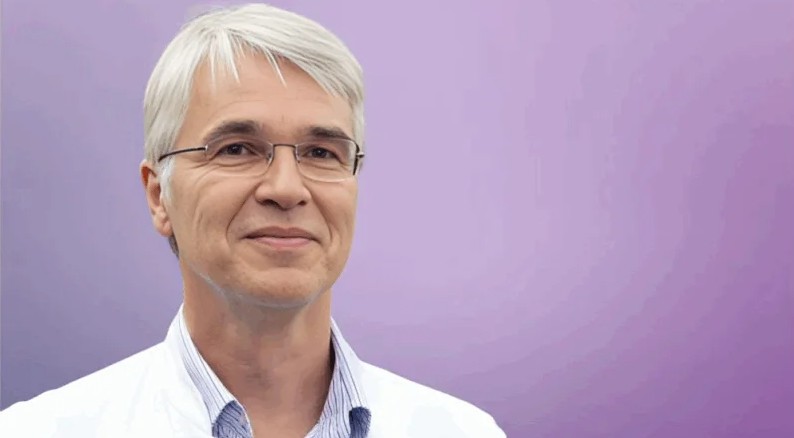
Wolfgang Miesbach Discusses AAV Gene Therapy Safety in Hemophilia B: NEJM Correspondence Highlights Cancer Monitoring
Wolfgang Miesbach, Professor of Medicine at Frankfurt University Hospital, shared a post on Linkedin:
“Happy to Share: Our NEJM Correspondence on AAV Gene Therapy in Severe Hemophilia B is Published Today! I am delighted that our letter to the editor on gene therapy and cancer surveillance—written together Flora Peyvandi and Glenn Pierce —is now published in the New England Journal of Medicine (NEJM)!
This correspondence addresses the recent 13-year follow-up paper by Ulrike Reiss et al., reporting two cancer cases after AAV gene therapy. Importantly, out of the total number of malignancies reported so far in hemophilia gene therapy trials, a relation to gene therapy has always been excluded.
AAV gene therapy offers transformative clinical benefits, but even rare theoretical risks (such as vector integration) require our field to be proactive, and vigilant.
Our comment emphasizes why molecular safety monitoring should go far beyond basic PCR, advocating for robust standards like vector integration mapping and whole-genome sequencing and standardisation of methods is needed.
We also call for harmonized international frameworks (e.g., the WFH-GTR registry) and industry-supported, accessible postmarketing monitoring—ensuring safety without burdening patients.”
Find more information here.
Stay in tune with Hemostasis Today.
-
Nov 27, 2025, 16:00Nathan Connell on WFH AI Summaries from the Global Forum
-
Nov 27, 2025, 15:49Piotr Czempik: Rethinking Coagulation in Acute Liver Dysfunction
-
Nov 27, 2025, 15:35Overwhelmed? A Leader’s Guide from Mark Crowther to Getting Back on Track
-
Nov 27, 2025, 15:10Wolfgang Miesbach’s Top 10 Picks for TTP and Thrombosis from ASH 2025
-
Nov 27, 2025, 14:24ICCBBA’s Executive Director Eoin McGrath Chairs a Dynamic Session on AI, Innovation and Informatics in Transfusion Medicine
-
Nov 27, 2025, 13:26Wolfgang Miesbach’s Top 10 Picks for Bleeding Disorders from ASH 2025
-
Nov 27, 2025, 11:19Priya Prasad Presents a Case of Severe Hypotensive Transfusion Reaction
-
Nov 27, 2025, 04:07Eugene Tang Presents Highlights from UK Stroke Forum 2025
-
Nov 27, 2025, 03:47Michael Makris: I Believe the Time Has Come to Consider Emicizumab Up Front in Persons with Acquired Hemophilia
